Merry-Go-Round Magazine is at Sundance 2021!
While our knees may not be jabbed into the wooden backs of the Park City Library’s sardine-packed seats (we miss those hot dogs, just a God-tier level concession stand), Sundance’s midnight programming is still going strong in our homes. Things get ooey-gooey, hack-and-slashy, and real loopy in Prano Bailey-Bond’s CENSOR, Ben Wheatley’s pandemic-produced IN THE EARTH, and Frida Kempff’s KNOCKING.
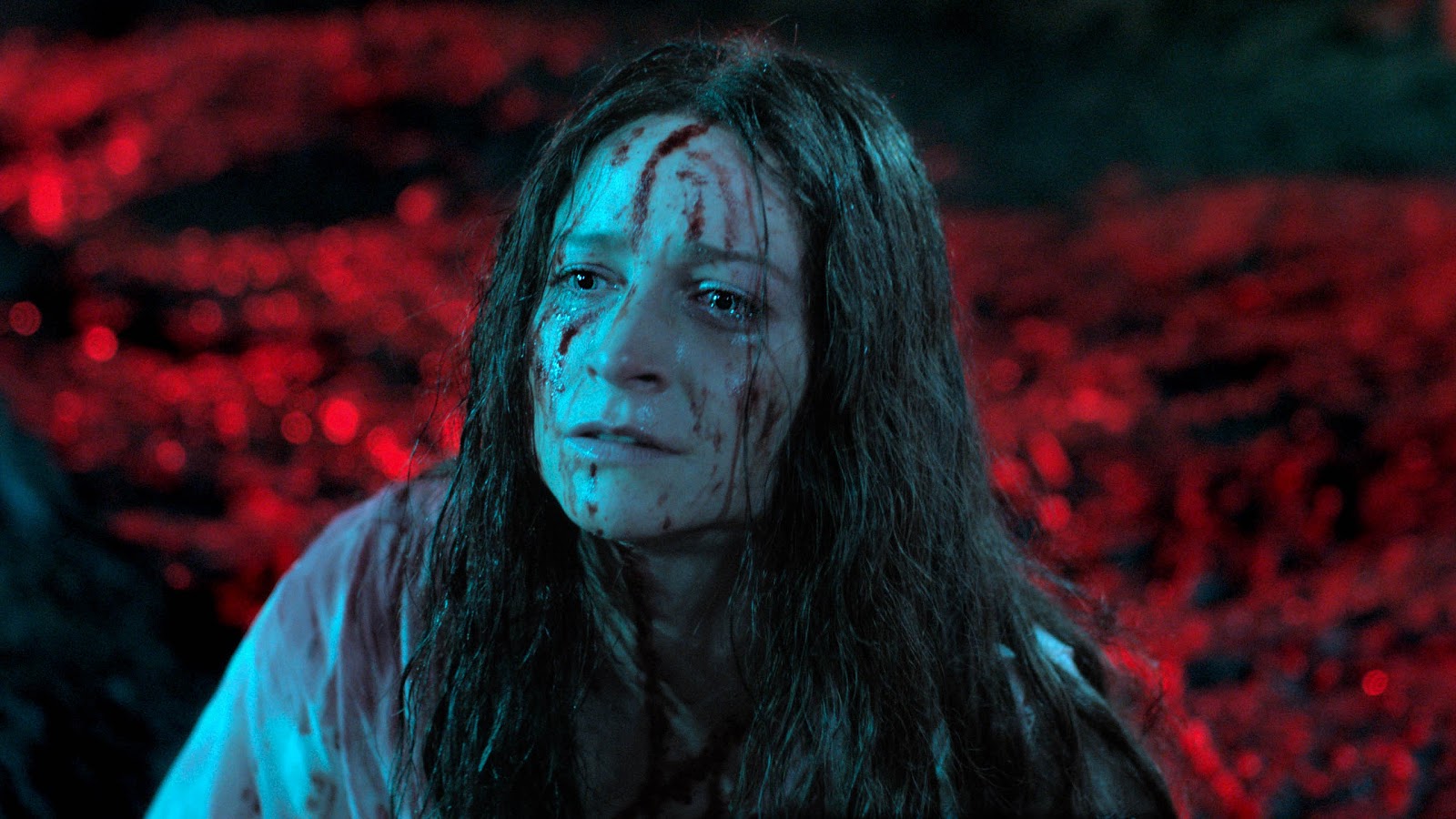
CENSOR
Director: Prano Bailey-Bond
A moody mix of Scott Derrickson’s SINISTER and Zimmerman’s FADE TO BLACK, Prano Bailey-Bond’s CENSOR is coming from a trusted horror enthusiast: if you’re setting your feature debut around video nasties, then you’re automatically one of the good guys. Instead of following a pseudo-detective plot where Enid, a British film board censor tasked with cutting down and/or banning the infamous video nasties (depraved horror films seized in the 1980s by the U.K. government) who suffers from childhood traumas that come roaring back when she screens a personally evocative slasher, Bailey-Bond offers her fan POV of Lucio Fulci’s A CAT IN THE BRAIN, a maestro’s demented swan song about the effects of constructing decades of vicious screen violence. It isn’t that there’s no inherent drama in the premise. She’s taken out by her parents to a posh dinner so they can break the seal on the death certificate they’ve drawn up for her long-missing sister, now declared a death in absentia: it’s gutting, delivering a promising start that unveils its didacticism the moment Enid’s former psychoanalyst coworker explains, pound for pound, how we construct narratives to blanket our traumas. Who is Enid? Why is she such a Tory? Why isn’t that conservatism crucial to the fabric of CENSOR and, most glaringly, after analyzing horror’s bloody obsession with “male inadequacy revenge catharsis,” why does the film’s commentary on hyper-masculinity in this cultural space fade in favor of its droll, been-there-done-that woman’s descent into madness? CENSOR sets up Enid’s delusions as borne of a media patriarchy in Thatcher’s U.K., but takes a simplistic hard left into putting it on the crazy lady’s wacky brain instead. Why bother making it a period piece at that point?
There are indelible images, such as Niamh Algar ambling through the tube and walking into pitch-black darkness, the decrepit bottoms of her urban surroundings bleeding into her day job, but it’s also a film that has a jump scare where a specter of the aggrieved protagonist’s mother pops up in a Philips Hue bulb-emanating neon green glow to scream “It was all your fault!” Thrust into the moral reprobations of video nasties during the opening credits, we’re shown clips from headier exploitation like THE DRILLER KILLER, the gnarlier splatter horror of PIECES, and a gonzo cavalcade of taboo-challenging Italo-sleaze. You could watch the forgettably fine CENSOR, but, boy howdy, does it sound a lot more fun to watch the films CENSOR watched. [Kevin Cookman]
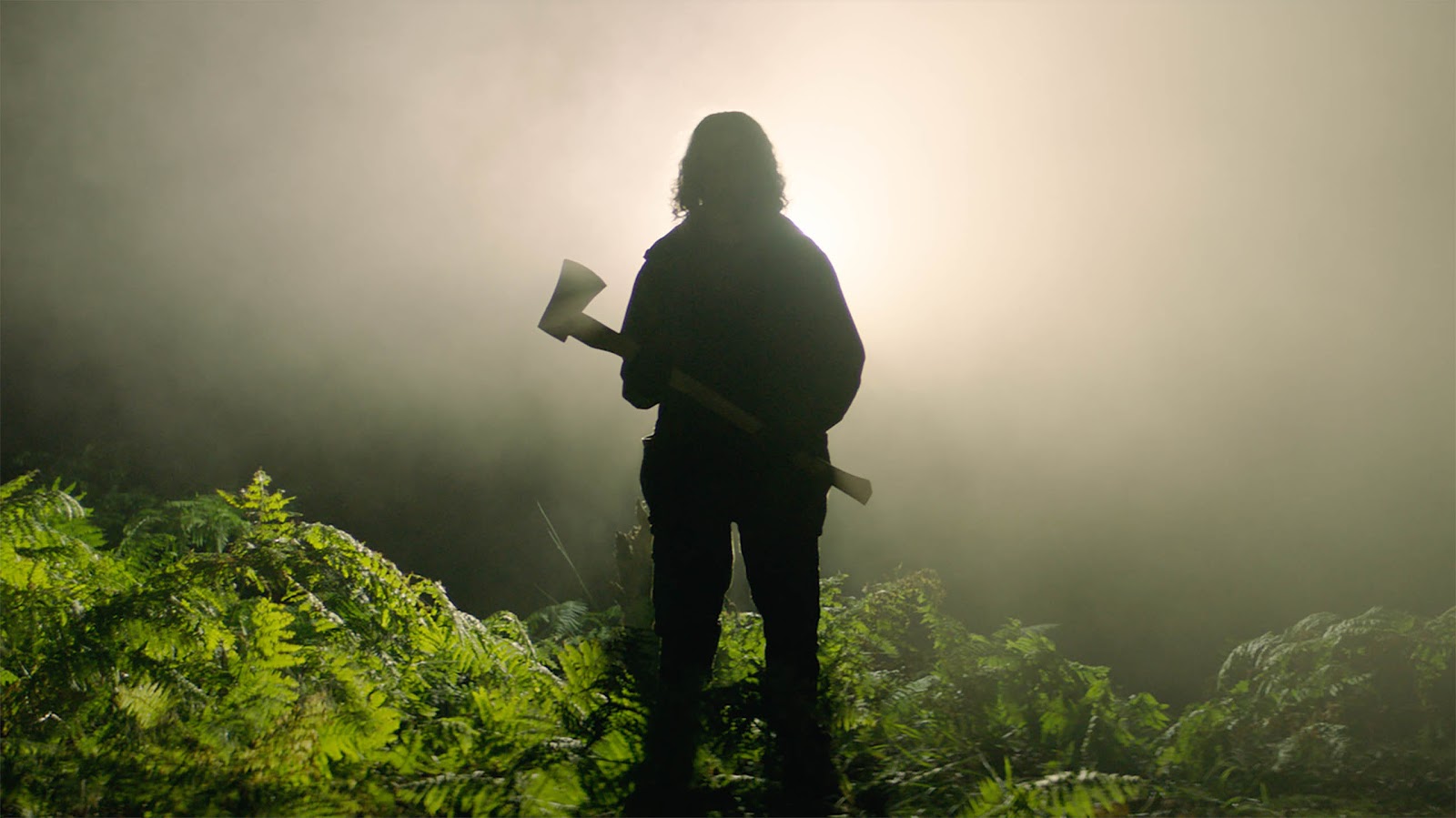
IN THE EARTH
Director: Ben Wheatley
There is a sequence roughly a third into Ben Wheatley’s IN THE EARTH in which researcher Martin (Joel Fry) and park ranger Alma (Reece Shearsmith) are captured by a supposed unhoused cultist-type named Zack (Haley Squires) and, ostensibly, tortured. It’s brutal, twisted, and, at times, funny in a way that only midnight madness can truly achieve when firing on all cylinders. Squires turns the craziness up to 11 as two unassuming travelers trying to make their way on foot to a research site in the woods are left only to devise a way out. It’s a tried and true sequence but, in Wheatley’s hands, it strikes the right mixture of dumbfounded “how did we get here?” blindness and edge-of-your-seat late-night entertainment. For a moment, in spite of plenty of hard sci-fi teases and a leading COVID quarantine opening, it seems like IN THE EARTH is going to comfortably turn into a simple cat-and-mouse game of captors and captives, of torture and escape, and of gnarled, over-the-top violence.
That’s not what happens though.
Wheatley’s interest in depicting deranged insanity quickly pivots to sci-fi nonsense—and I do mean nonsense. IN THE EARTH is effectively ANNIHILATION but without the quiet pacing and (theoretical) profoundness. Wheatley’s story is similarly about scientists attempting to communicate and understand the power of nature, only to lose their minds along the way. Unfortunately he spends so much time trying to build low-budget mythology where it isn’t needed that, by the time the hallucinatory visuals begin to kick in, any goodwill the story had evolves into confused disinterest. At least ANNIHILATION did us the service of making the sci-fi components secondary to the story’s central mission so that when we did hit that surreal LAWNMOWER MAN-esque finale, it was largely perceived as either maddening or blissful. IN THE EARTH exerts so much energy in its finale trying, and tremendously failing, to explain what, why, and how its characters are studying the woods that by the time the acid trip begins we have to kind of shake our heads. The fact that character motivation is nonexistent throughout IN THE EARTH only undermines every eventual plot beat. And it’s a shame, because the anxiety that Wheatley is able to create, the visuals the film is building to, and Clint Mansell’s insane score really combine into something gripping. The survival horror aspects of the film, particularly with the quarantine flourishes that exist in the background, would’ve been great in a more extended form. Instead, IN THE EARTH quite literally gets lost in the woods. [CJ Simonson]

KNOCKING
Director: Frida Kempff
Turns out, when you strip Polanski’s THE TENANT of its fatally egoist paranoia and tabloid circumstances, you just get an episode of The Outer Limits. Sponging away at the suspicious coffee ring forming on her ceiling during the day, one that expands at the same rate of the bleeding sore on her body, Cecilia Milocco’s Molly twirls to Dusty Springfield with a whiskey in hand to endure her lonely nights after being discharged from a rehabilitation institute. Suddenly, there’s a violent knocking from the upstairs apartment. Is it a captive sex slave in a REAR WINDOW riff? Is it an exploration of the necessity of pleasure as self-medication? Is the knocking a phantom of a lover lost? Nah, this is another genre fable of “a crazy lady,” brother. See, the silent proclamation of a festival entry is “Hello, Hollywood executives and scouts, here is my high-profile demo reel, please give me your money,” but sometimes you get a film like KNOCKING that is so transparently aspiring to prove that its team has the right stuff to score a Neon check. And KNOCKING does have the right stuff! Using body rigs, pulleys, cranes, and every lens in the crate, Kempff and co. have made a film that, while never really going anywhere satisfying, held my rapt attention, captivating with moments as minute, but carefully calculated, as our protagonist stepping on a dead frog, then immediately cutting to the gushing innards of a ripe plum. There’s a lot of thought put into these flourishes, perhaps the amount of thought that should have been reserved for determining whether to make an allegorical chamber piece or an honest-to-god mystery. Kempff proves she can make a tight movie, so here’s hoping one day she collects the check where she can finally make her’s. [Kevin Cookman]


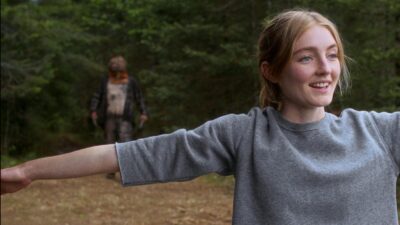

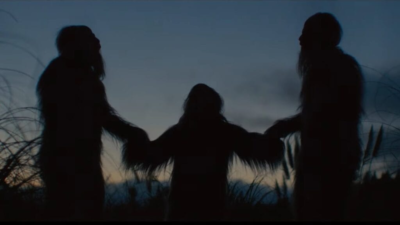
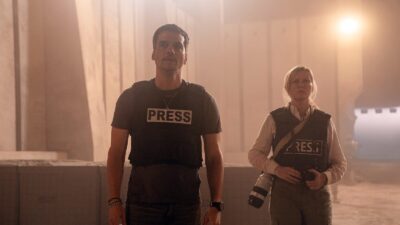
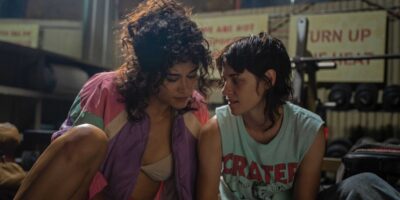








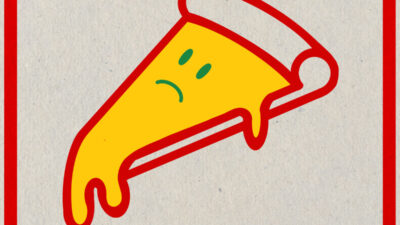
Comments